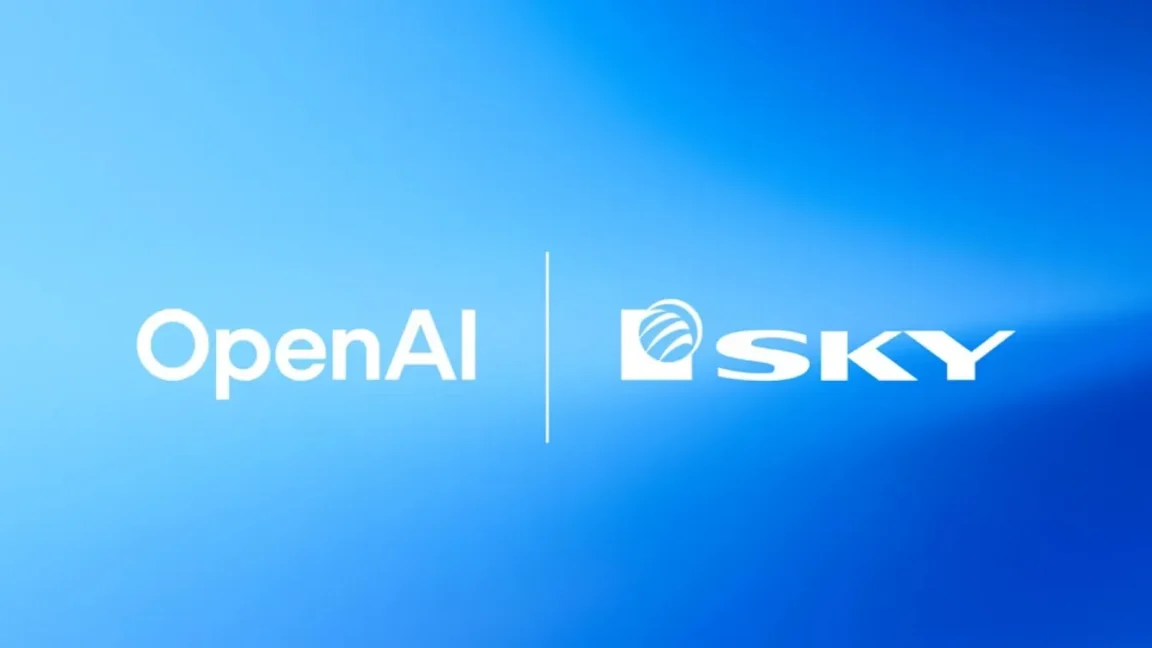Introduction to Hypothesis Testing in Machine Learning
Hypothesis testing is a crucial concept in machine learning that can be confusing for beginners. Many people have doubts about how it is used in real-world applications. In this article, we will explore the significance of hypothesis testing in machine learning and its applications in various workflows.
What is Hypothesis Testing?
Hypothesis testing is a statistical technique used to make informed decisions about a population based on a sample of data. It involves formulating a hypothesis, collecting data, and then testing the hypothesis using statistical methods. In machine learning, hypothesis testing is used to evaluate the performance of models, select features, and detect data drift.
Applications of Hypothesis Testing in Machine Learning
Hypothesis testing has several applications in machine learning, including:
Feature Selection
Feature selection is the process of selecting the most relevant features from a dataset to use in a model. Hypothesis testing can be used to evaluate the importance of each feature and select the most relevant ones.
Model Comparison
Hypothesis testing can be used to compare the performance of different models and select the best one. This is done by formulating a hypothesis that one model is better than another and then testing the hypothesis using statistical methods.
Data Drift Detection
Data drift occurs when the distribution of the data changes over time. Hypothesis testing can be used to detect data drift and update the model accordingly.
A/B Testing
A/B testing is a technique used to compare the performance of two different models or features. Hypothesis testing can be used to evaluate the results of A/B testing and determine which model or feature is better.
Practical Example with HR Dataset
To illustrate the concept of hypothesis testing in machine learning, let’s consider a practical example using an HR dataset. Suppose we want to evaluate the effect of a new training program on employee productivity. We can formulate a hypothesis that the new training program will increase employee productivity and then test the hypothesis using statistical methods.
Code Implementation
The code implementation of hypothesis testing in machine learning involves using statistical libraries such as scipy and statsmodels. The code can be used to formulate a hypothesis, collect data, and then test the hypothesis using statistical methods.
Conclusion
In conclusion, hypothesis testing is a powerful technique used in machine learning to make informed decisions about a population based on a sample of data. It has several applications in machine learning, including feature selection, model comparison, data drift detection, and A/B testing. By understanding how to use hypothesis testing in machine learning, developers can build more accurate and reliable models.
FAQs
What is hypothesis testing in machine learning?
Hypothesis testing is a statistical technique used to make informed decisions about a population based on a sample of data.
What are the applications of hypothesis testing in machine learning?
The applications of hypothesis testing in machine learning include feature selection, model comparison, data drift detection, and A/B testing.
How is hypothesis testing used in feature selection?
Hypothesis testing is used to evaluate the importance of each feature and select the most relevant ones.
What is data drift detection?
Data drift detection is the process of detecting changes in the distribution of the data over time.
What is A/B testing?
A/B testing is a technique used to compare the performance of two different models or features.











